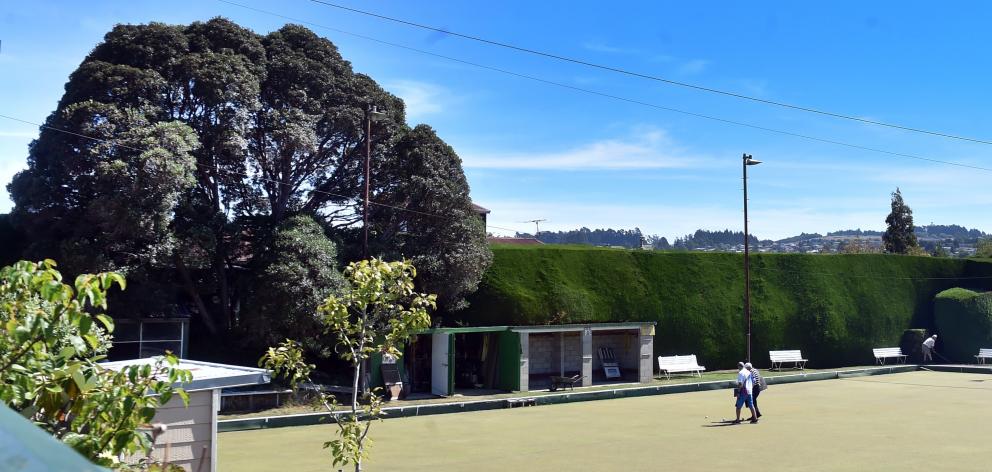
In a broad range of proposed changes to the district plan, the Dunedin City Council has identified 12 possible additions to the schedule of trees.
The city council measures a tree’s significance based on the Standard Tree Evaluation Method (Stem), which considers the condition, amenity and notability of a tree.
In her submission on the plan change, Otago Regional Council chairwoman Gretchen Robertson said the regional council had doubts about the system.
"[The regional council] holds concerns that the Stem system ... has a bias that does not recognise the importance of indigenous biodiversity values," she said.
"As such, [it] may unduly promote trees with values that do not achieve the best outcomes for the district’s biodiversity."
Cr Robertson gave the example of sycamore trees, two of which were included on the schedule despite the species’ classification as a pest in some ecological sites around Dunedin.
"We would encourage the [city council] to consider reflecting the risk presented by sycamores such that they should not have protection under the [district plan]."
Further, she asked the city council to consider not protecting any species of tree identified as a pest in the Otago regional pest management plan.
"There is scope for both councils to collaborate on changes to the Stem system to ensure that the values associated with indigenous tree species are included in the assessment programme and weighted appropriately."
At Larnach Castle, the council’s proposals would review a protected group of eucalyptus trees.
Head gardener Fiona Eadie said she "fully supported" the protection of established trees through the schedule.
"However, complexities arise with more exotic species, which can mature quicker, lose health and lateral stability, and have a shorter life span in our temperate climate."
The low-hanging maritime fog prevented trees from hardening, as in their natural habitat, which caused early breakage and a shorter lifespan, she said.
"The health and safety of our team and visitors remains our top priority, ensuring we can continue sharing New Zealand’s castle and gardens of international significance with all.”
Roslyn Bowling Club chairman Geoff Simons said the proposal to schedule a rātā tree next to the bowling green presented challenges to the club, as scheduled trees required a resource consent, which was free, to remove or maintain them.
Landowners qualify for financial assistance of up to $250 from the council.
"We need to be able to trim back branches once they reach the edge of the bowling green. If this is not done, our green suffers from shade and excessive drips of water," he said in his submission.
The club would also need to lower tree roots if they appeared through the surface of the green and cut branches when they began overhanging neighbouring properties.
"What we do not want is to have expenses involved with undertaking these changes," Mr Simons said.
"We admire the tree and have no desire to damage it, but we can envisage expenses that we cannot afford if it becomes a scheduled tree without these exclusions being included."
A public hearing on the plan change is scheduled for the middle of this year.











